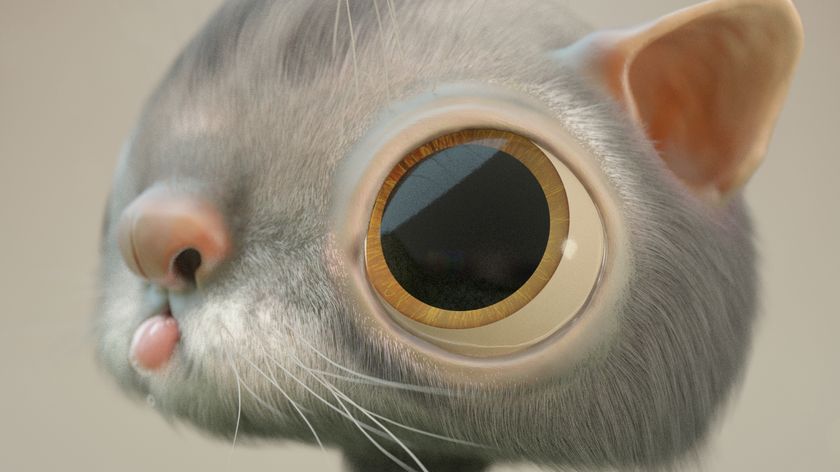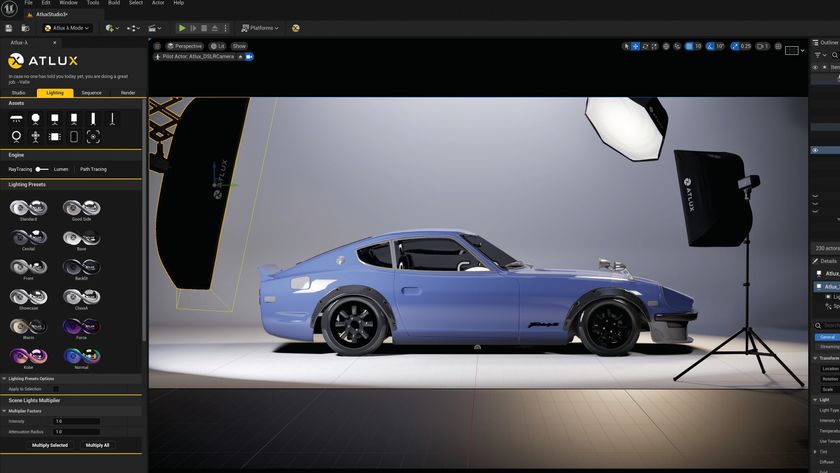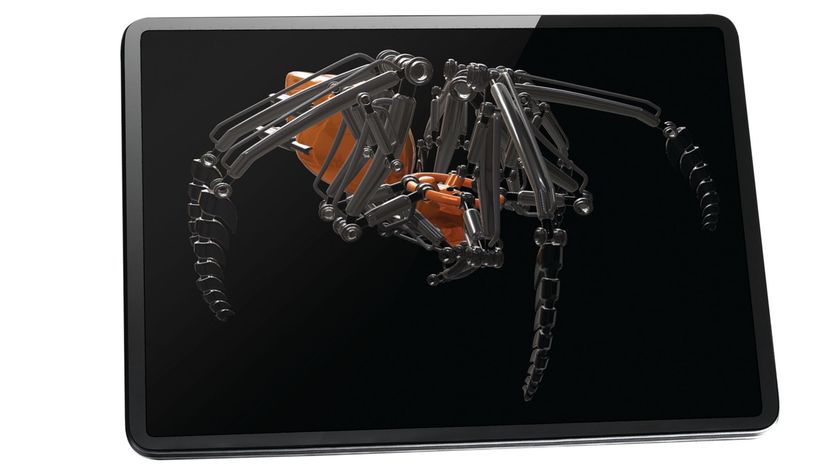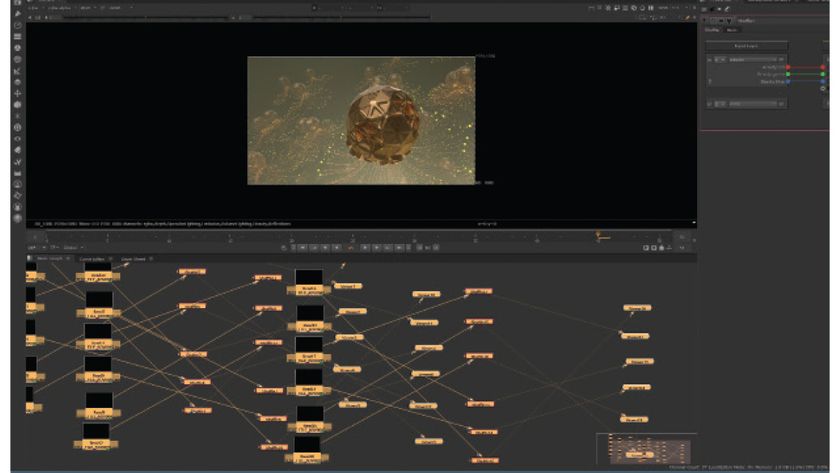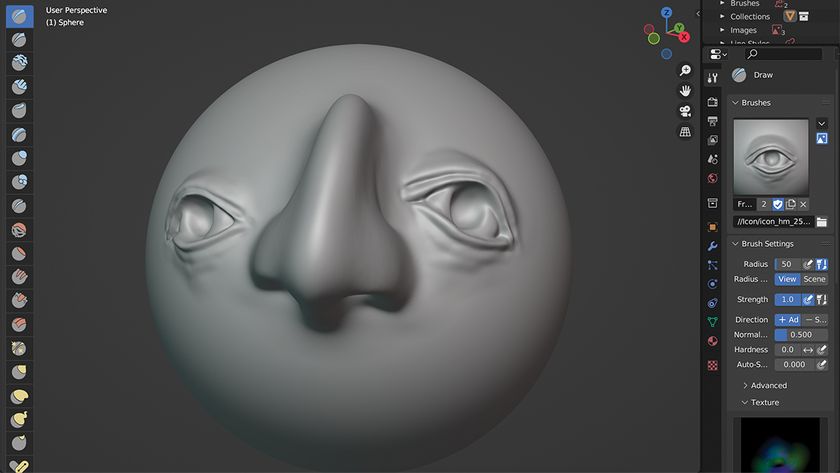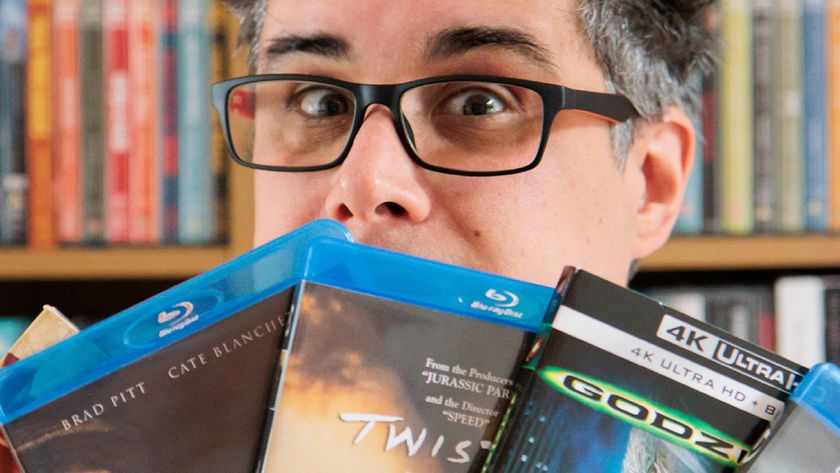Bringing CGI creation to the masses
Are we entering the age where anyone can create movie-quality CGI? Roundfire's Allen Bolden believes so.
It probably isn't news to anyone reading this site, but it bears repeating: CGI innovation is advancing at an incredible rate. The marriage of extraordinary creativity in the professional community with the technology capable of transforming ideas into reality has led us to push the boundaries of what we previously thought was possible.
From Hummingbird to Jurassic Park to Toy Story and right up through Gravity and Guardians of the Galaxy, the innovation in CGI (and the technology supporting it) has accelerated in such a way that one can only dream of what the future holds.
At the same time, we're at a fascinating point for the industry. The large CGI houses that have led industry innovation for years are driving most big-studio projects, yet these behemoths are in danger of crumbling under their own weight (some already have). Meanwhile, smaller creative shops are emerging from the rubble of those that have fallen, but many studios find it risky to engage smaller shops who might not have the resources to handle the big projects.
With the glut of CGI-driven films hitting the market between now and 2020 (and beyond), the smaller studios are going to play a much greater part of the CGI innovation process in the years to come, and with so much uncertainty in the industry, the question of how great that part will be remains to be seen.

Inquisitive fellow that I am, this naturally leads me to question: just what does the future hold? What will it take to bring about the next great leap in CGI innovation?
For my money, the answer to these questions can be found when we take this trend toward smaller and smaller houses driving more innovation to its natural extension – the consumer. When you consider how much untapped creativity there is in the consumer market, and how that proliferation of user-generated content has altered the landscape for amateur filmmaking (think YouTube or Vine), it's only a matter of time until consumers unleash their imaginations upon the world.
We're not there yet, but we're closer than you might think. Though there are still far too many barriers to entry for the consumer to create professional-grade CGI, I believe that the industry is making strides toward removing these barriers, and that doing so will usher in a new era of innovation in CGI engineering. I think this is a good thing, and a positive development the industry can help enable. Here's how.
What's standing in the way?
The best way to begin understanding how we can put the capabilities of creating high-quality CGI in the hands of the masses is to gain a good understanding of what's standing in the way. I mentioned barriers to entry previously, and there are many of these, but for the most part, it comes down to two key aspects: technology and training.
There have been enormous strides in making CGI development technology affordable for the novice user. Software tools are becoming more affordable, as is the hardware available to run them, and the law of industry economics means that increasing demand has driven down costs to the point where enterprising and creative minds are inching ever closer to being able to purchase and use those same tools that we in the industry use in a professional environment.
But that still doesn't address the next major barrier: training. As anyone knows, CGI engineering is an enormous undertaking, with the need to master modeling, sketching, rendering and animation, as well as any other number of functions. With all the myriad functions entailed, and people involved in the pipeline, the time and mental energy needed for imaginative thinking becomes more and more challenging. And the truth is that while the larger and even smaller animation firms have the resources to make all of this possible, it's too tall a mountain for consumers to climb.
We need to find more ways to develop cost-effective tools that will make CGI engineering more accessible to novice users. That means consolidating and automating functions that enable consumers to free up their imaginations and give their ideas the attention they need. Fortunately, those tools are, I believe, just around the corner.
Levelling the playing field
In truth, the movement to bring high-quality CGI capabilities to amateur users has been germinating in the marketplace for years. In 2007, a company called Xtranormal developed a do-it-yourself animation software tool that was among the first to take the concept of user-generated CGI content and bring it to the marketplace. Ultimately, the company shut down its services in July of 2013, after its subscription-based model failed to generate significant revenue to continue operations.
I believe in the market for this kind of technology, however, and that's why my company, Roundfire, launched a new tool just this month that I'm hoping will take the move toward do-it-yourself animation a step closer to the consumer.
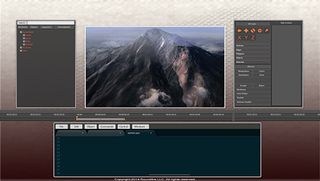
It's called Eccotype, and it's built on a simple concept – text-based animation that can be used by anyone from larger animation houses to novice users (in fact, it was initially designed for the larger, professional operations). Using the technology, writers and artists are able to concept, design and deliver high-quality CG animation simply by typing.
Designed and developed using Lenovo ThinkStation workstation technology, Eccotype uses simple text commands to bring their animations to life. The application filters complex back-end development, engineering and rendering through an easy-to-use, browser-based interface. And while conventional do-it-yourself animation software tools typically offer pre-made assets such as characters, environments and objects, Eccotype is designed to process, respond and generate dynamically. That means that while the user can pick and insert pre-made assets, the software will create unique characters, environments and objects based on what the user typed.
Eccotype is just one example of the new tools and technologies entering the marketplace that will help capitalize on the creative possibilities that come with bringing CGI development capabilities to the masses. If, as I'm hoping, these tools start to see rapid adoption in the marketplace, I believe we'll see a wave of innovation in the industry not unlike the kind catalyzed by YouTube in traditional filmmaking.
'The people's CGI'
We're about to enter an amazing phase in the evolution of the CGI industry. As these kinds of tools gain greater adoption, we'll see a paradigm shift in the landscape for CGI creation.
Don't take this to mean, that I'm advocating an environment where consumer animation rules and professionals are squeezed out of the industry. On the contrary, I believe that greater innovation among the amateur community will unleash a new wave of creativity and advancement in the professional community as well. When user-created animation becomes ubiquitous, professional skills will be at an even greater premium, and professionals' jobs should become a little easier, driving greater demand for those with the backgrounds and skill sets to raise the bar for innovation far higher than it is today.
In the end, the democratization of CGI will be a win-win for both the novices and the skilled professionals and the elite. In that sense, we truly will be in an era of 'The People's CGI'.
Words: Allen Bolden/Roundfire
Like this? Read these:
- Match your camera angle to a background image in 3ds Max
- The designer's guide to working from home
- Hands-on review: Adobe After Effects CC

Thank you for reading 5 articles this month* Join now for unlimited access
Enjoy your first month for just £1 / $1 / €1
*Read 5 free articles per month without a subscription

Join now for unlimited access
Try first month for just £1 / $1 / €1
Get the Creative Bloq Newsletter
Daily design news, reviews, how-tos and more, as picked by the editors.
The Creative Bloq team is made up of a group of design fans, and has changed and evolved since Creative Bloq began back in 2012. The current website team consists of eight full-time members of staff: Editor Georgia Coggan, Deputy Editor Rosie Hilder, Ecommerce Editor Beren Neale, Senior News Editor Daniel Piper, Editor, Digital Art and 3D Ian Dean, Tech Reviews Editor Erlingur Einarsson and Ecommerce Writer Beth Nicholls and Staff Writer Natalie Fear, as well as a roster of freelancers from around the world. The 3D World and ImagineFX magazine teams also pitch in, ensuring that content from 3D World and ImagineFX is represented on Creative Bloq.
